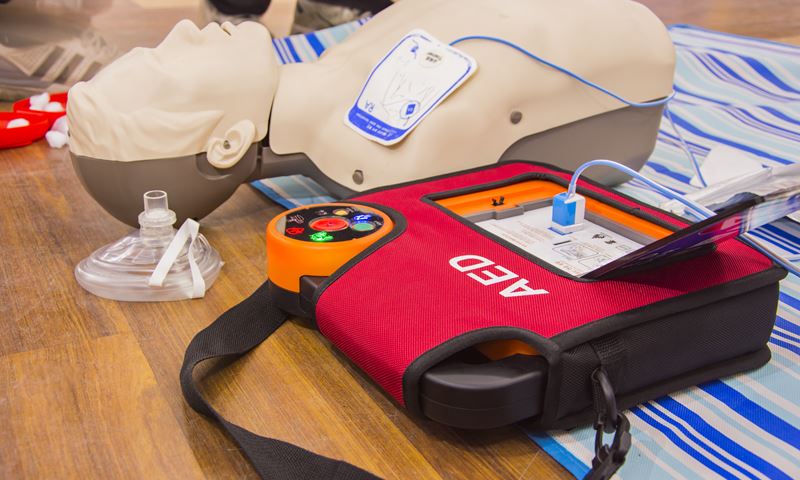Published 06 May 2022
Did you know that one Australian has a heart attack or stroke every 4 minutes? It is a sobering statistic, and one that the Heart Foundation is raising awareness of. To support yourself, and those you love, make sure you’re up to date with health checks, including your heart health and know what to do if a heart attack or stroke strikes.
Is it time to book a heart health check?
One in five Australians aged 45-75 have a high chance of a heart attack or stroke in the next five years. Prevention is better than cure and if you’re over 45 (or over 30 and of Aboriginal or Torres Strait Islander descent) it’s time to talk to your doctor about getting a heart health check.
What puts you most at risk of heart disease?
- Smoking
- Unhealthy diet
- Being inactive
- Unhealthy weight
- High alcohol consumption
- High blood pressure
- High cholesterol
- Diabetes
- Mental health
- Family history of heart disease
- Ethnic background
- Post-menopausal
- Social environment
How can you support your heart health?
- Regular physical activity and movement
- Maintaining a healthy diet
- Quitting smoking
- Understanding your cholesterol and blood pressure
Love a podcast? The GMHBA Healthier Together podcast includes topics on healthy eating, getting into group exercise and even Type 2 diabetes.
What are the signs of a heart attack?
The most common signs of a heart attack are:
- Chest discomfort or pain which can last several minutes or be fleeting
- Pain in arms, or a tingling sensation
- Pain spreading to neck, jaw or back
A heart attack occurs when blood flow to the heart is impacted. It requires immediate emergency treatment.
What can you do in the event of a heart attack?
The key to supporting a patient is acting quickly. The chances of survival fall by 10% every minute that a patient doesn’t get CPR/defibrillation.
Call 000 immediately if you think you or someone else may be having a heart attack.
Know how to help others
The time between collapse from cardiac arrest and help being administered can mean the difference between life and death. The chance of survival almost doubles when an Automated External Defibrillator (AED) is used. An AED is a device that analyzes the heart rhythm and provides an electric shock to restore the heart rhythm to normal.
Know where the defibrillators are in your local area
For example, in Victoria, Ambulance Victoria makes use of digital technology to connect people with AEDs and first responders:
- The Automated External Defibrillator (AED) Registry is a register of Community/Business AEDs searchable by location, ensuring that publicly accessible AEDs can be located as soon as possible in an emergency. Find a publicly accessible AED (Victoria only): Register AED | Ambulance Victoria
- GoodSAM (Smartphone Activated Medic) connects those with CPR knowledge to nearby patients suffering cardiac arrest, enabling CPR to start as soon as possible until paramedics arrive.
Know your location in an emergency
It can be difficult to relay exact location details when calling for help during an emergency, especially once the adrenalin kicks in.
Emergency Plus is an Australia wide app that displays a 000 caller’s current what3words address. Learn more about what3words below.
Download the free Emergency Plus app today.
What is what3words?
What3words has given every 3m square in the world has been given a unique combination of three words. GPS coordinates are great, but given that they are 16 digits long, saying 3 words is a much easier and foolproof way of giving the same information.



